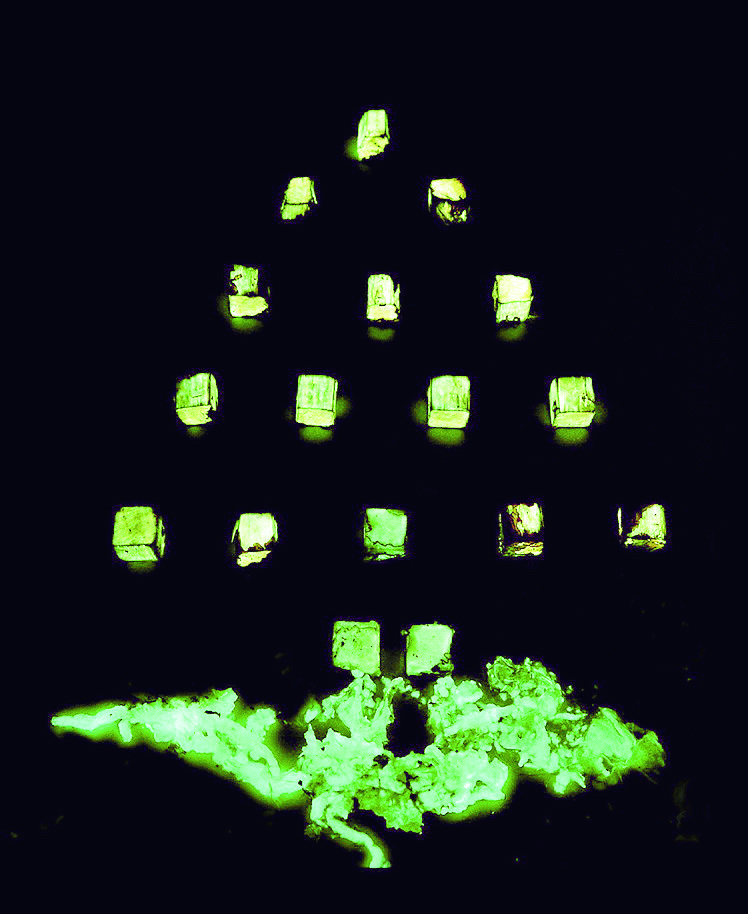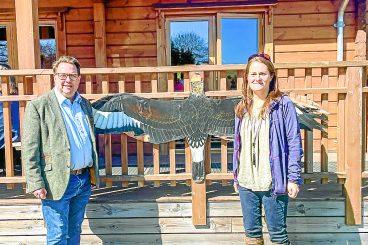SCIENTISTS in Dumfries have been part of a team exploring new ways of producing cost-effective, sustainable and environmentally friendly ways to produce light.
They believe that by copying nature, bioluminescent fungi could provide an alternative light source, thus reducing demand on fossil fuels.
The researchers from the Barony SRUC campus and the Empa (Swiss Federal Laboratories for Materials Science and Technology) in St Gallen, Switzerland have successfully inserted the decay fungus Desarmillaria tabescens – a white rot fungus – into balsa wood to make it glow, with the aim of producing functionality.
While bioluminescence – colloquially known as “fox fire” – is a familiar sight in decaying wood in nature, it is the first time the process has been “tamed” in a laboratory.
Although it is in its very early stages, the scientists involved believe it could one day be used as an alternative light source, such as a battery-free glow to light homes and communities, medical imaging and optical sensing to dyes and paints and a bioluminescent-based bioassay for detecting wood preservatives.
Dr Hugh Morris, who is based at the Barony, is on the team and said: “With global concerns about the climate emergency and the urgency to reach net zero emissions, new technologies are critical in our race to protect the planet from overheating. Although in its very early stages, this research represents an exciting glimpse of an alternative light source.”
Their complex work aims to produce a hybrid living material by manipulating wood colonisation through merging living fungus with non-living balsa wood to achieve and control the autonomous emission of bioluminescence.
It was achieved by soaking the wood blocks and co-cultivating them with the fungus for three months followed by exposing them to air in the dark.
Benjamin Franklin used glowing wood in ship’s compasses, while, in Mark Twain’s Huckleberry Finn, the eponymous hero is able to find his way out of a mineshaft by following the glow given off by the decaying timber.
The research has been published in Advanced Science.
Above: glowing fungi. Pic-Empa






















